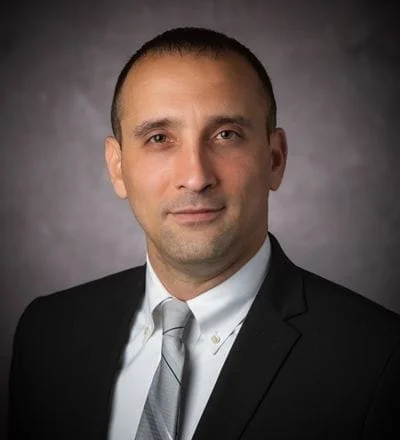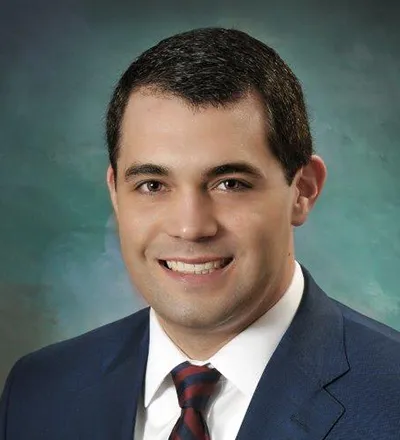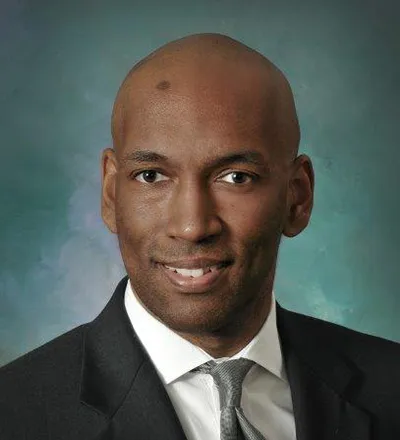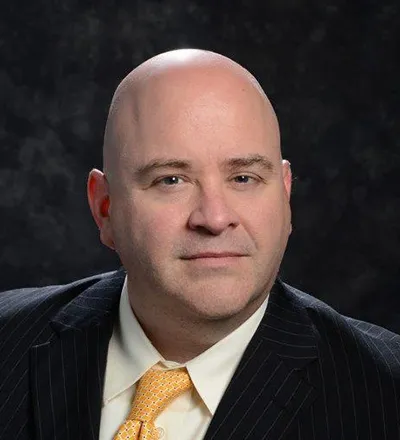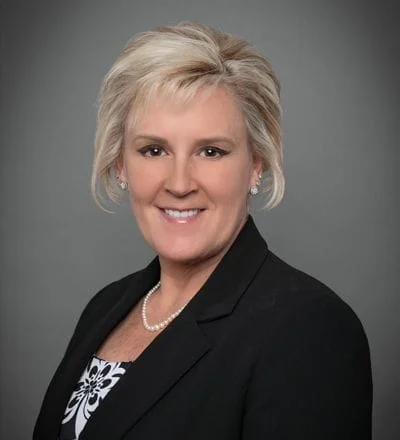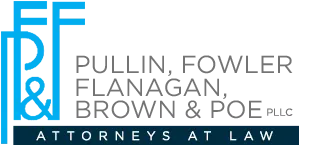- posted: Jan. 02, 2017
 For many years, laws in West Virginia and elsewhere allowed property owners to defeat premises liability claims on the ground that the purportedly dangerous condition was open and obvious. This is no longer the case in our state. In Hersh v. E-T Enterprises, the West Virginia Supreme Court of Appeals held that the open nature of a hazard is just one element to be reviewed by a trier of fact.
For many years, laws in West Virginia and elsewhere allowed property owners to defeat premises liability claims on the ground that the purportedly dangerous condition was open and obvious. This is no longer the case in our state. In Hersh v. E-T Enterprises, the West Virginia Supreme Court of Appeals held that the open nature of a hazard is just one element to be reviewed by a trier of fact.
Though the obvious nature of a hazard no longer bars a claim, plaintiffs still bear legal responsibility to take “reasonable steps to ameliorate the risk.” Whether a hazard was open and notorious is evaluated along with other elements, including:
- Foreseeability that an injury might occur
- Severity of the injury
- The normal or expected use of the premises
- Burden on the defendant to guard against the injury
Under this revised standard, insurance defense attorneys are obligated to examine the totality of circumstances involved when someone reports that they have been hurt due to unsafe premises. Demonstrating that a purported dangerous condition was clearly apparent can still be crucial in defeating negligence claims. West Virginia’s adoption of the modified comparative negligence standard means that if the alleged victim bears more than 50 percent of responsibility for the incident, they are not entitled to collect damages.
The West Virginia Supreme Court of Appeals also stressed that the owner or possessor of premises is not “an insurer of the safety of every person on the premises.” A showing of negligence or misconduct must still be proven.
Pullin, Fowler, Flanagan, Brown & Poe, PLLC has delivered comprehensive insurance defense representation to West Virginia and Ohio clients for more than 25 years. To schedule a consultation, call 304-344-0100 or contact us online.


















